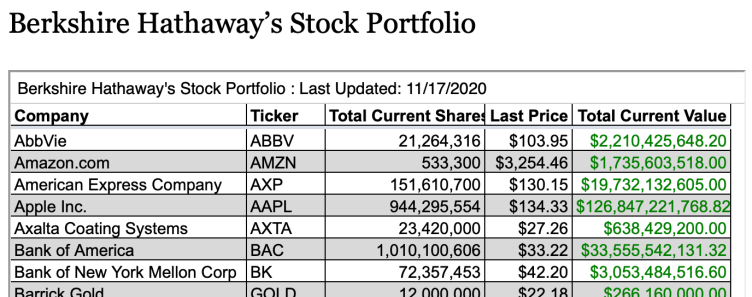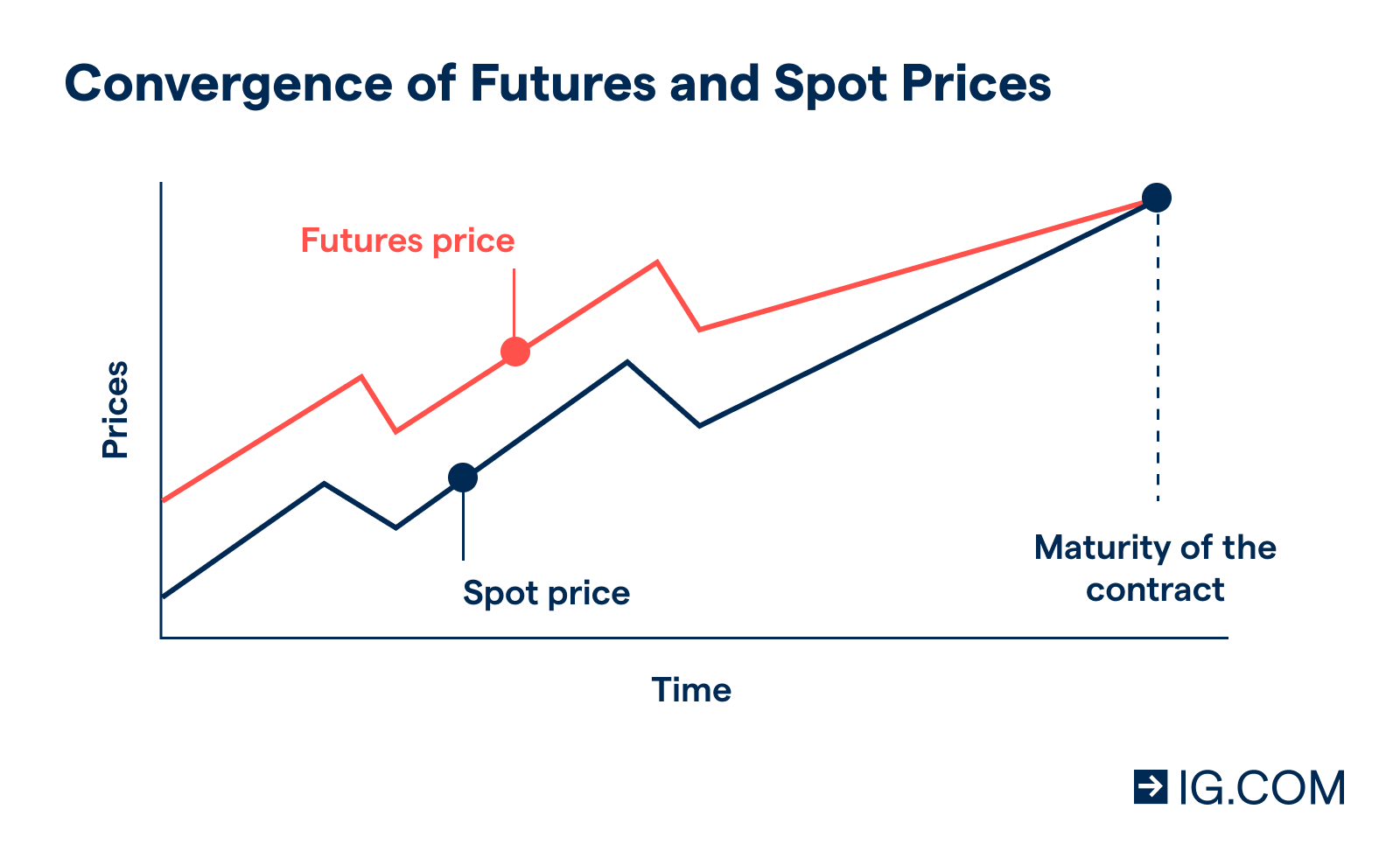
There are many apps available for personal investment. However, there are some that stand out. Shares 2 provides a snapshot of your current position, without linking your brokerage accounts. Another good option is Scutify. It filters out news sites, as well as non-accredited sources of investment advice. It also has a community of regular investors and industry news. You can also subscribe to your favorite stock market news source.
M1 Finance
M1 Finance allows investors to track their investments via an online financial plan and mobile app. It is simple to use and allows users to display the portfolio's total value, along with the return and gains they have made. The program offers a goal-planning feature that allows you to track the performance of your investment portfolio. Customers can contact M1 via email, phone or during business hours. You can also reach M1 support through the chat feature.

SoFi
SoFi's personal investment app is designed with the needs of both beginners and experienced investors in mind. Although there are limitations to SoFi's investing content you can still learn the basics and become a better investor. The app is free to download from the Apple App Store and Google Play and offers a low-fee auto-invest portfolio. Access to educational material and financial advice is also available free of cost.
Betterment
If you're considering a personal investment app, consider Betterment. Betterment offers full investment management and periodic rebalancing. Betterment is also available to help you open a tax-sheltered retirement plan. The personal financial advisors at Betterment have strategies that help minimize your investment tax liability. Betterment charges a low annual fee. This is the best thing about Betterment. There is no minimum initial investment. You can also invest any amount.
Webull
The Webull app for iOS and Android allows you to manage your investment portfolio from a customizable dashboard. Once you've created your portfolio, you can add stocks to your watchlist, which you can then monitor from any device. You can even add stocks to your watchlist directly from the Webull mobile app or desktop. You will need an account to begin using Webull. You will need to sign up with your mobile number or email address, and then enter a verification key.
J.P. Morgan Self-Directed Investing
J.P. Morgan Self-Directed Investing will help you set up a self-directed, investment plan. This program allows you to consolidate all your financial transactions into one online portal. Before you invest, there are a few things you need to consider. To begin with, you will need to invest at minimum $500. You must also keep the new funds in the account at least for 90 days. No losses from market fluctuations and trading are included in the 90 day requirement. These requirements will be met and you can trade options for $0.65 each contract once you have satisfied them.

Ally Invest
If you're looking for an investment app that automates your investing process, Ally Invest might be for you. Ally Invest can help you manage your investments using robo-advisory software and a team investment professionals. The Ally Invest robo-advisory program asks you questions about your investment goals, risk tolerance, time horizon, and other relevant information. An annual advisory fee of 0.3% and a $100 minimum investment are required to open an account.
FAQ
What is security in the stock exchange?
Security can be described as an asset that generates income. Shares in companies are the most popular type of security.
One company might issue different types, such as bonds, preferred shares, and common stocks.
The earnings per share (EPS), and the dividends paid by the company determine the value of a share.
When you buy a share, you own part of the business and have a claim on future profits. If the company pays you a dividend, it will pay you money.
You can always sell your shares.
What is a bond?
A bond agreement is an agreement between two or more parties in which money is exchanged for goods and/or services. Also known as a contract, it is also called a bond agreement.
A bond is normally written on paper and signed by both the parties. The bond document will include details such as the date, amount due and interest rate.
A bond is used to cover risks, such as when a business goes bust or someone makes a mistake.
Bonds can often be combined with other loans such as mortgages. This means the borrower must repay the loan as well as any interest.
Bonds can also help raise money for major projects, such as the construction of roads and bridges or hospitals.
A bond becomes due upon maturity. The bond owner is entitled to the principal plus any interest.
If a bond isn't paid back, the lender will lose its money.
What is the difference in a broker and financial advisor?
Brokers help individuals and businesses purchase and sell securities. They handle all paperwork.
Financial advisors can help you make informed decisions about your personal finances. Financial advisors use their knowledge to help clients plan and prepare for financial emergencies and reach their financial goals.
Banks, insurers and other institutions can employ financial advisors. They could also work for an independent fee-only professional.
You should take classes in marketing, finance, and accounting if you are interested in a career in financial services. It is also important to understand the various types of investments that are available.
What is a REIT?
An entity called a real estate investment trust (REIT), is one that holds income-producing properties like apartment buildings, shopping centers and office buildings. These publicly traded companies pay dividends rather than paying corporate taxes.
They are very similar to corporations, except they own property and not produce goods.
What is the difference between the securities market and the stock market?
The securities market refers to the entire set of companies listed on an exchange for trading shares. This includes stocks, options, futures, and other financial instruments. Stock markets are generally divided into two main categories: primary market and secondary. The NYSE (New York Stock Exchange), and NASDAQ (National Association of Securities Dealers Automated Quotations) are examples of large stock markets. Secondary stock markets are smaller exchanges where investors trade privately. These include OTC Bulletin Board Over-the-Counter and Pink Sheets as well as the Nasdaq smallCap Market.
Stock markets are important because they provide a place where people can buy and sell shares of businesses. The value of shares is determined by their trading price. Public companies issue new shares. These shares are issued to investors who receive dividends. Dividends are payments that a corporation makes to shareholders.
Stock markets are not only a place to buy and sell, but also serve as a tool of corporate governance. Boards of directors are elected by shareholders to oversee management. Boards ensure that managers use ethical business practices. If a board fails in this function, the government might step in to replace the board.
How can people lose their money in the stock exchange?
The stock market does not allow you to make money by selling high or buying low. It's a place you lose money by buying and selling high.
Stock market is a place for those who are willing and able to take risks. They would like to purchase stocks at low prices, and then sell them at higher prices.
They want to profit from the market's ups and downs. If they aren't careful, they might lose all of their money.
How are Share Prices Set?
Investors who seek a return for their investments set the share price. They want to make money from the company. So they purchase shares at a set price. If the share price goes up, then the investor makes more profit. Investors lose money if the share price drops.
The main aim of an investor is to make as much money as possible. This is why they invest in companies. They can make lots of money.
Statistics
- For instance, an individual or entity that owns 100,000 shares of a company with one million outstanding shares would have a 10% ownership stake. (investopedia.com)
- Even if you find talent for trading stocks, allocating more than 10% of your portfolio to an individual stock can expose your savings to too much volatility. (nerdwallet.com)
- Our focus on Main Street investors reflects the fact that American households own $38 trillion worth of equities, more than 59 percent of the U.S. equity market either directly or indirectly through mutual funds, retirement accounts, and other investments. (sec.gov)
- Ratchet down that 10% if you don't yet have a healthy emergency fund and 10% to 15% of your income funneled into a retirement savings account. (nerdwallet.com)
External Links
How To
How to make a trading plan
A trading plan helps you manage your money effectively. It will help you determine how much money is available and your goals.
Before creating a trading plan, it is important to consider your goals. You may want to make more money, earn more interest, or save money. If you're saving money, you might decide to invest in shares or bonds. If you're earning interest, you could put some into a savings account or buy a house. If you are looking to spend less, you might be tempted to take a vacation or purchase something for yourself.
Once you have an idea of your goals for your money, you can calculate how much money you will need to get there. This depends on where you live and whether you have any debts or loans. It is also important to calculate how much you earn each week (or month). The amount you take home after tax is called your income.
Next, you will need to have enough money saved to pay for your expenses. These expenses include bills, rent and food as well as travel costs. Your total monthly expenses will include all of these.
You'll also need to determine how much you still have at the end the month. This is your net available income.
You're now able to determine how to spend your money the most efficiently.
To get started, you can download one on the internet. You can also ask an expert in investing to help you build one.
Here's an example: This simple spreadsheet can be opened in Microsoft Excel.
This graph shows your total income and expenditures so far. It also includes your current bank balance as well as your investment portfolio.
Another example. This was created by an accountant.
It will let you know how to calculate how much risk to take.
Don't try and predict the future. Instead, put your focus on the present and how you can use it wisely.